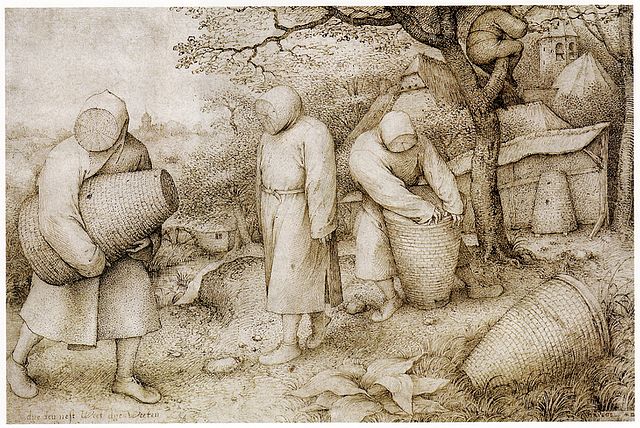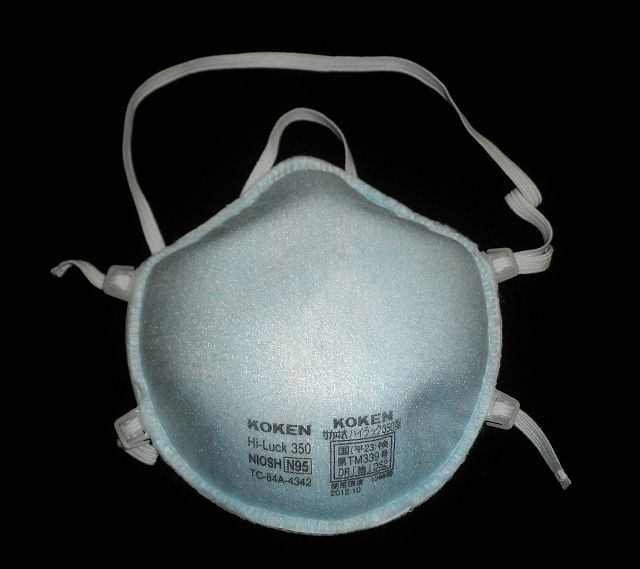A helmet is a form of protective gear worn to protect the head. More specifically, a helmet complements the skull in protecting the human brain. Ceremonial or symbolic helmets without protective function are sometimes worn. Soldiers wear combat helmets, often made from Kevlar or other lightweight synthetic fibers.
Cyclist wearing a bicycle helmet
A reenactor wearing a sallet
A motocross helmet showing the elongated visor and chin bar
Boar tusk Minoan helmet, 1600–1500 BCE
Personal protective equipment
Personal protective equipment (PPE) is protective clothing, helmets, goggles, or other garments or equipment designed to protect the wearer's body from injury or infection. The hazards addressed by protective equipment include physical, electrical, heat, chemical, biohazards, and airborne particulate matter. Protective equipment may be worn for job-related occupational safety and health purposes, as well as for sports and other recreational activities. Protective clothing is applied to traditional categories of clothing, and protective gear applies to items such as pads, guards, shields, or masks, and others. PPE suits can be similar in appearance to a cleanroom suit.
Drug Enforcement Administration (DEA) agents wearing Level B hazmat suits
Safety equipment and supervisor instructions at a construction site
A 1568 painting depicting beekeepers in protective clothing, by Pieter Brueghel the Elder.
N95 mask








